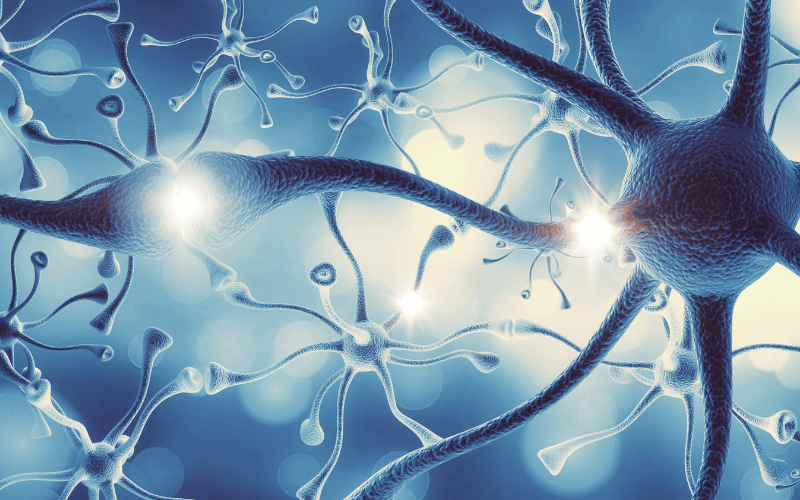Symptom 10: Dysautonomia

Dysautonomia is a term that sounds complex, but it boils down to a malfunctioning autonomic nervous system (ANS). This part of the nervous system controls involuntary functions – think heartbeat, digestion, or body temperature. In EDS, this system often goes haywire, leading to a range of seemingly unrelated symptoms.
The reasons for dysautonomia in EDS are multifaceted. The defective collagen affects nerve function. Additionally, frequent joint dislocations and subluxations can impact nerves, leading to ANS disturbances.
As mentioned earlier, Postural Orthostatic Tachycardia Syndrome (POTS) is one manifestation of dysautonomia. But the ANS dysfunction isn’t restricted to POTS. Symptoms can range from excessive sweating, heat intolerance, digestive issues, and even bladder dysfunctions.
The autonomic nervous system doesn’t just regulate physical functions. It’s closely intertwined with emotions. Dysautonomia can lead to mood swings, anxiety, and bouts of depression. Recognizing this connection is pivotal in offering holistic care to EDS patients.
Managing dysautonomia involves understanding its multifaceted nature. It’s not just about treating symptoms but addressing the root – the malfunctioning ANS. Medications, lifestyle changes, and therapies like biofeedback can make a substantial difference. With the right interventions, those with EDS can navigate the choppy waters of dysautonomia more smoothly. (10)